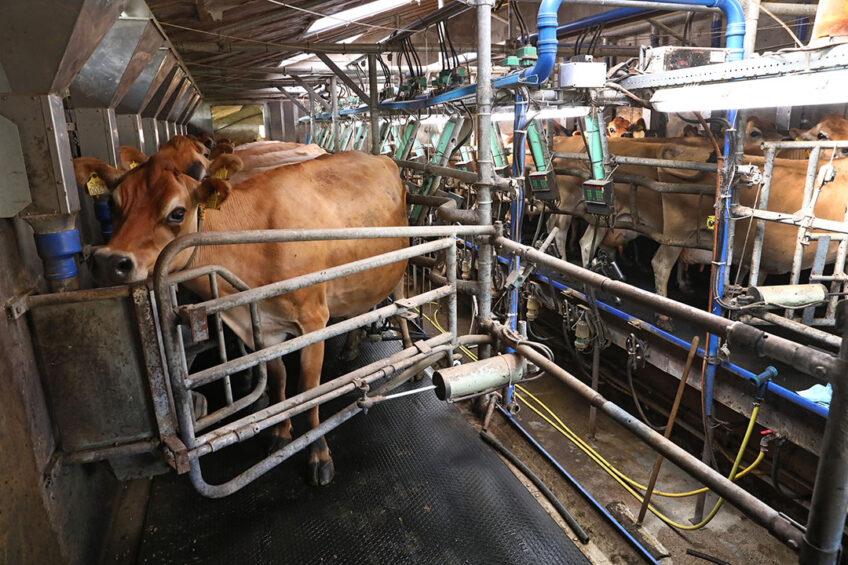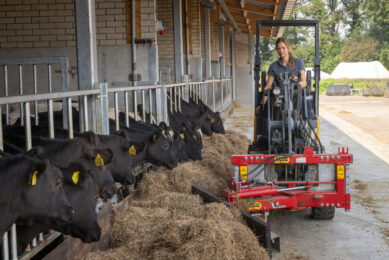Dairy farm risks and resilience in the face of climate change

A pioneering new report published by supermarket giant ASDA and written by one of the UK’s largest dairy consultancies has shone a light on climate-related risks in agriculture.
Written by Hayley Campbell-Gibbons, head of Sustainability at Kite Consulting, the report reveals the huge impacts a changing climate may have on UK dairy production.
The introduction of UK Climate-related Financial Disclosure legislation in January 2021 requires large companies to report on any risks posed by climate change that have a material impact on the value of the company and its assets.
But companies such as ASDA are keen for the principles of climate-related financial disclosure to be applied at farm level. The report provides advice on how to approach a climate ‘stress test’ at farm level although it noted that there are currently no tools available to assess farm level climate risks and calculate business resilience in the UK.
This has been noted by the World Wildlife Fund, which has proposed that the UK government adapts the concept of ‘stress testing’ for a range of sectors to help inform policy related to natural capital, as well as sector economic metrics.
A ‘stress test’ looks at a common set of risks within the scope of an enterprise. It identifies the impacts the risks present and quantifies them at a business level, such as operating profit/milk volume/value of outputs. It also identifies options for increasing resilience through mitigations and adaptations.
Quantifying the value of impacts at a farm level is difficult but it is being done. One example is the analysis of damage costs protocols used by the Environment Agency for the assessment of flood risk for agriculture. This method incorporates discreet categories, so for grassland, the impact of a flood occurring in each month is assessed in terms of the loss of animal feed, valued at substitute feed prices, less any savings in hay/silage making costs if relevant. Livestock costs include the cost of relocating and/or housing animals, including additional feed and bedding costs, increased morbidity/mortality and loss of sales.
Metrics and Indicators
There are several key metrics and indicators that may be used to assess and monitor a farm’s exposure to climate-related risks, and the business impacts. These include:
- Business impact indicators for dairy farms include cost analysis, forage stocks and cow performance (e.g., yields, reproductive rates).
- Other agri-climate indicators include growing season length, soil moisture deficit, soil organic matter/carbon, regional rainfall.
- Days with higher temperatures can limit growth and can cause discomfort to livestock. For example, milk yields in dairy cattle fall if maximum temperatures exceed around 23°C.
- Growing degree days are a proxy for the productivity of permanent grassland and the potential for annual crops. Growing degree days are calculated from daily average temperature with a threshold of 5.6°C. The growing season starts once temperatures have exceeded 5.6°C for at least 5 days.
Campbell-Gibbons said: “The report highlights the importance of understanding weather-related risks and impacts across all aspects of a dairy farm business and identifies ways to build resilience on farm.
“From managing temperature stress in the herd and monitoring disease threats, through to adapting to variable growing and grazing conditions and coping with any logistical challenges the weather may present, knowing how a changing climate might impact a dairy business, and what can be done to manage it will be fundamental to producing milk successfully in the future.
“Crucially, milk processors should be assessing the resilience of their milk pools, as well as their own operations, in the face of climate change in the medium and long term.”
The report can be found here.
Join 13,000+ subscribers
Subscribe to our newsletter to stay updated about all the need-to-know content in the dairy sector, two times a week.










